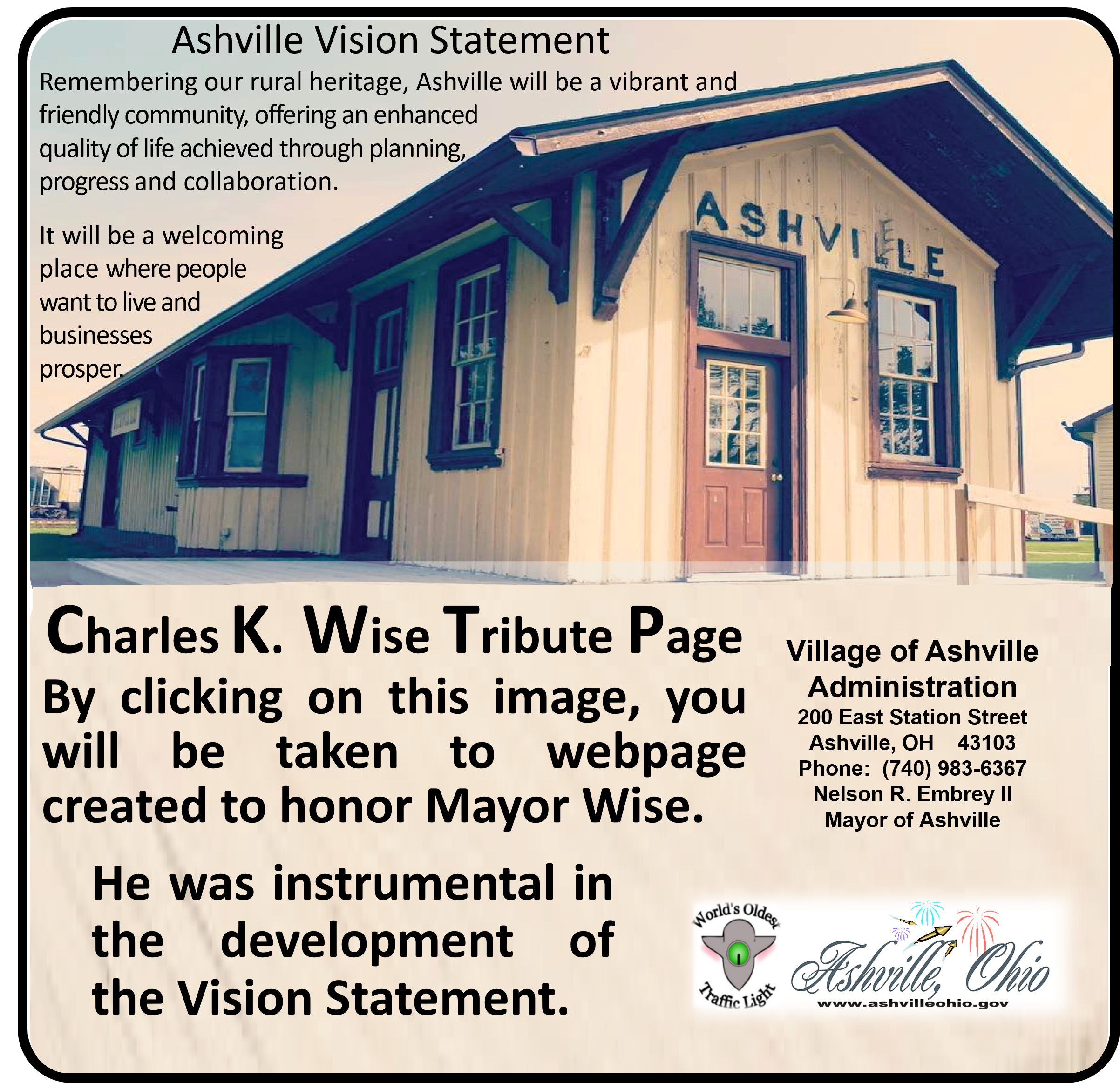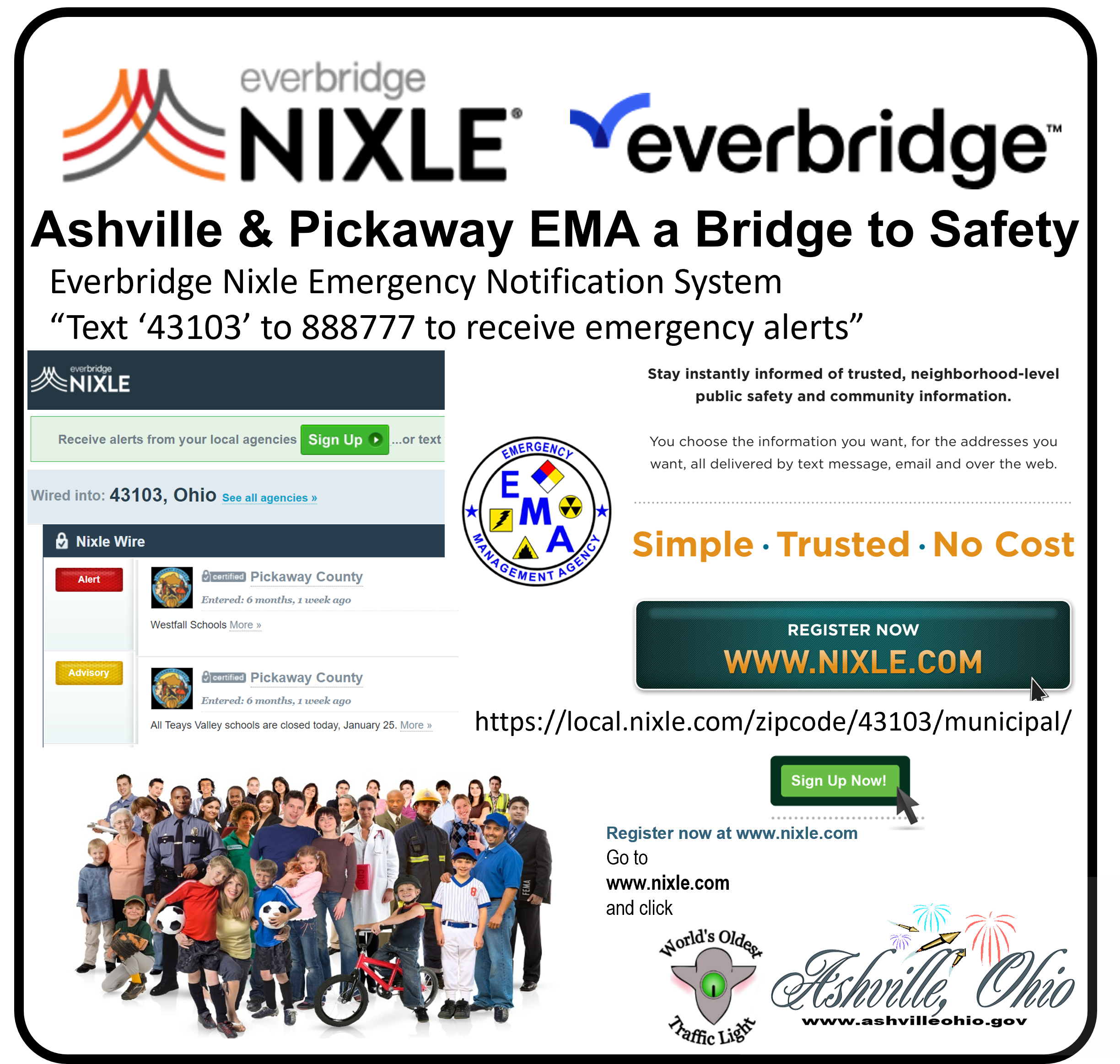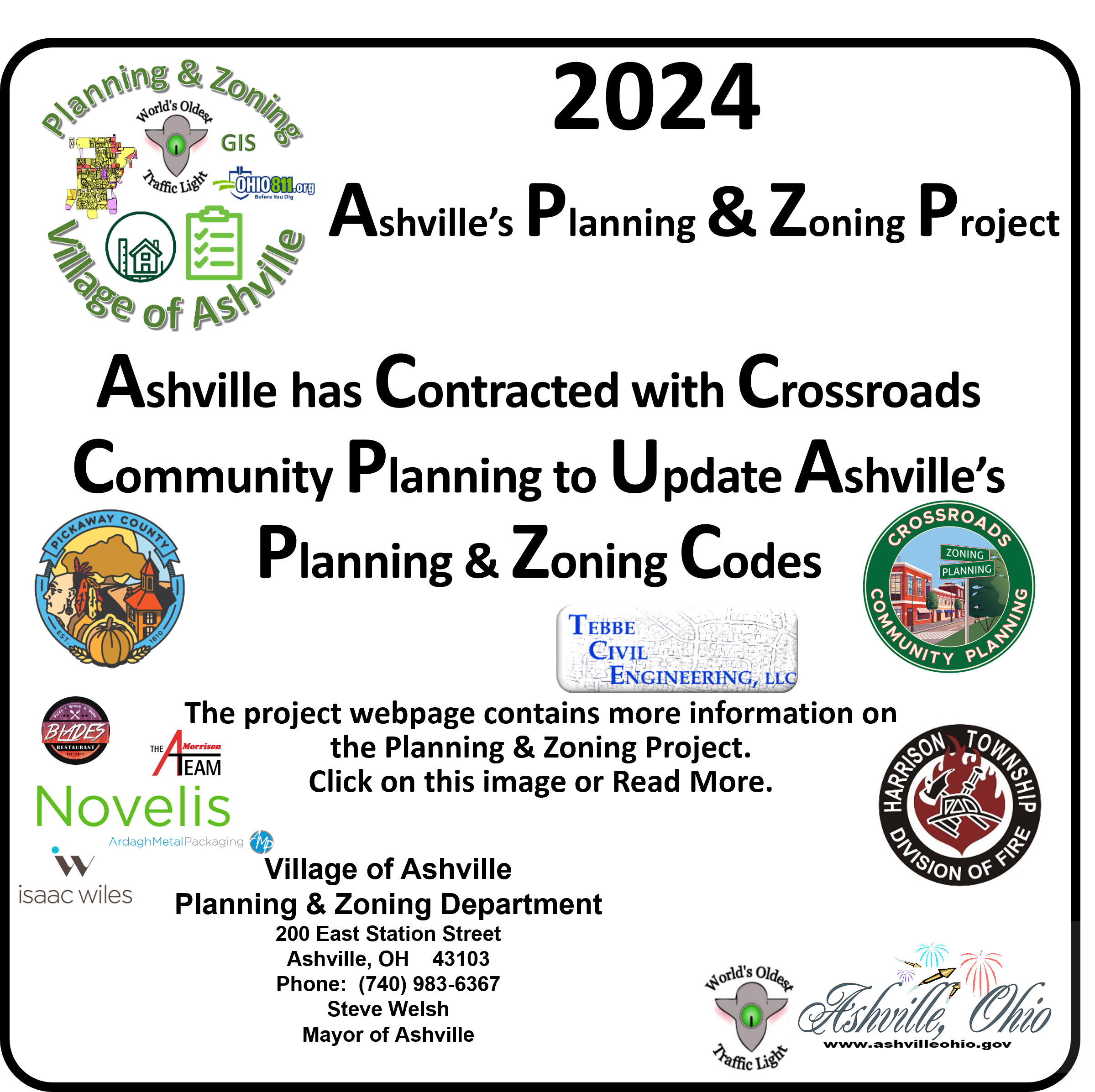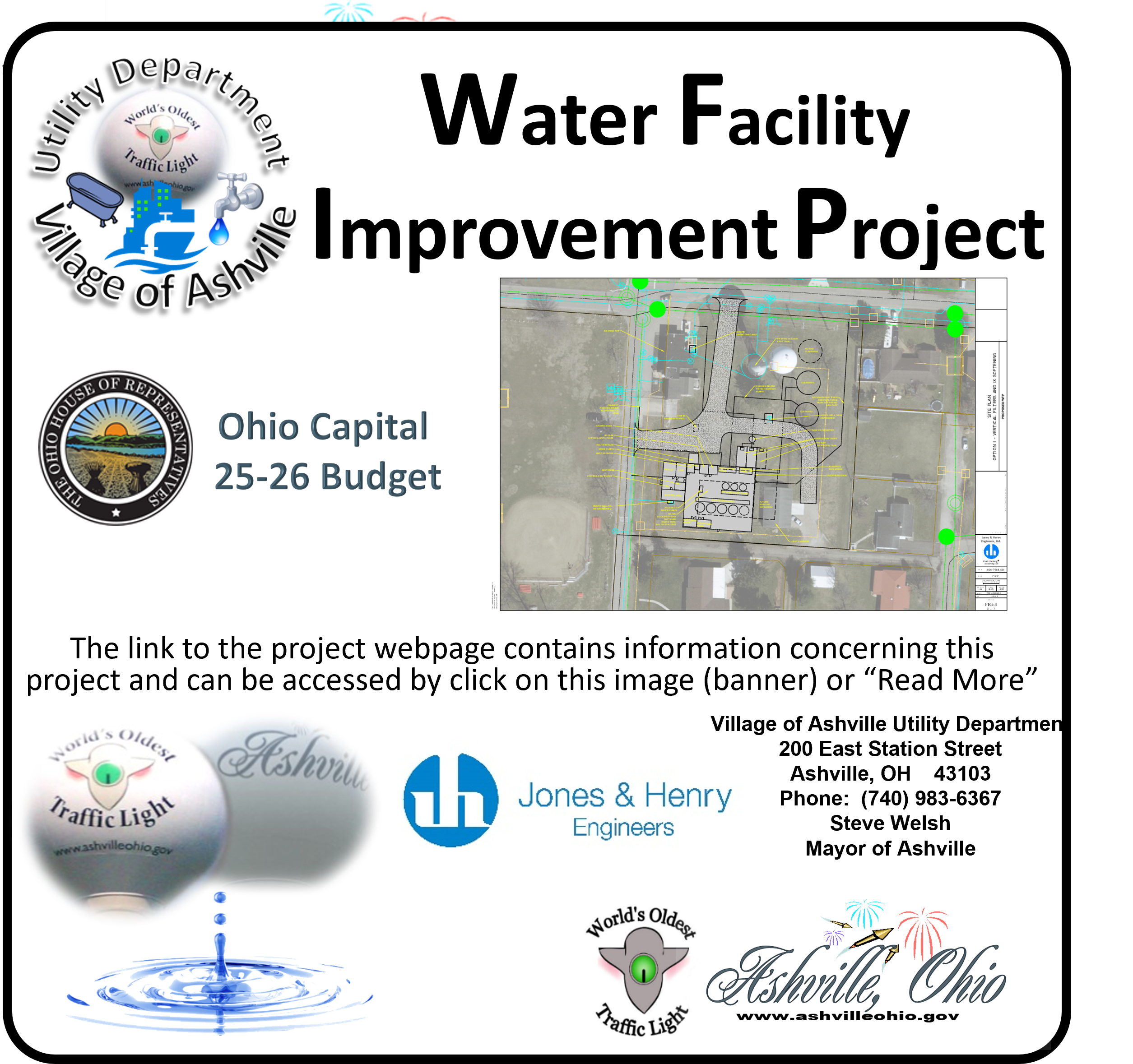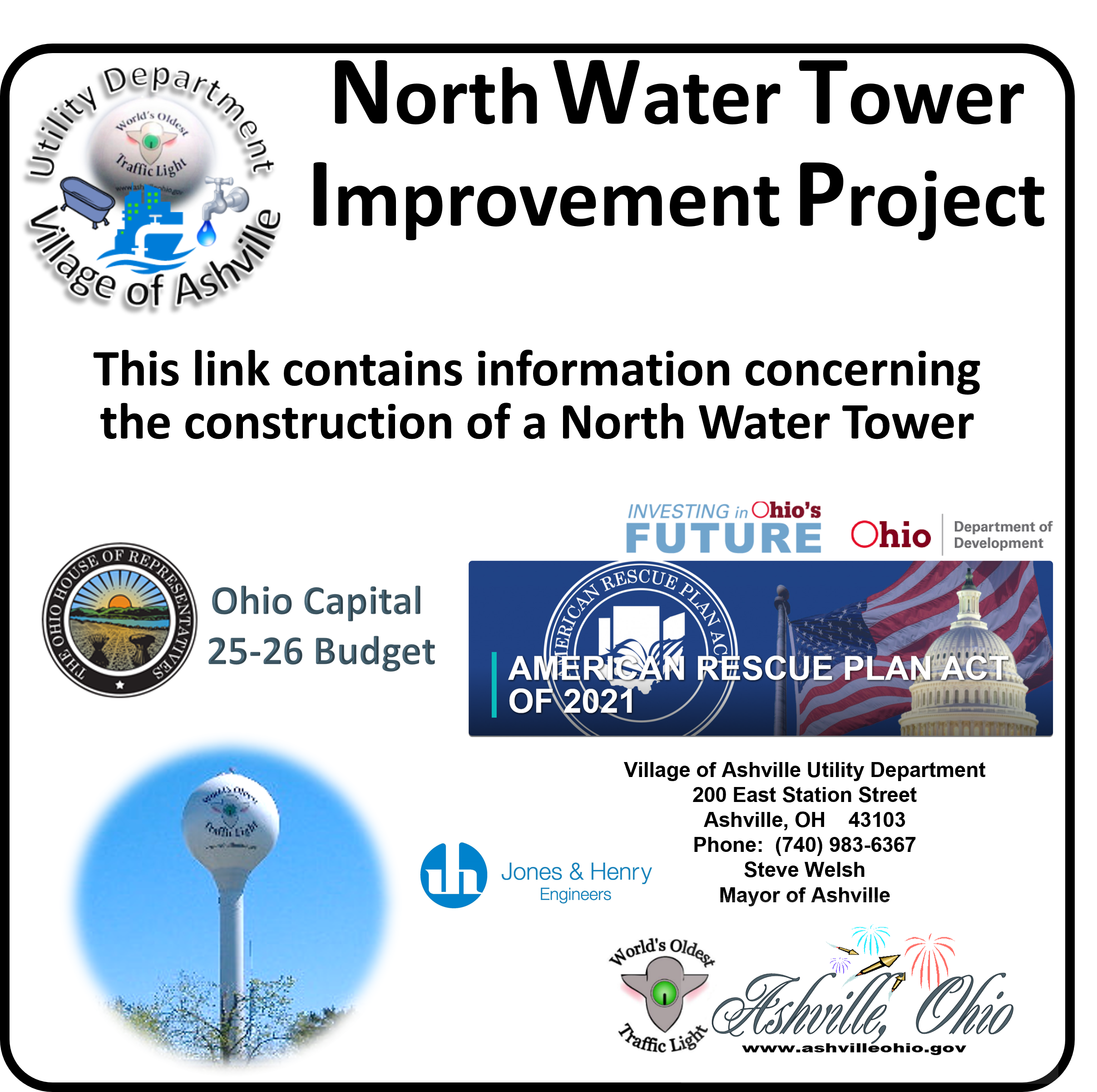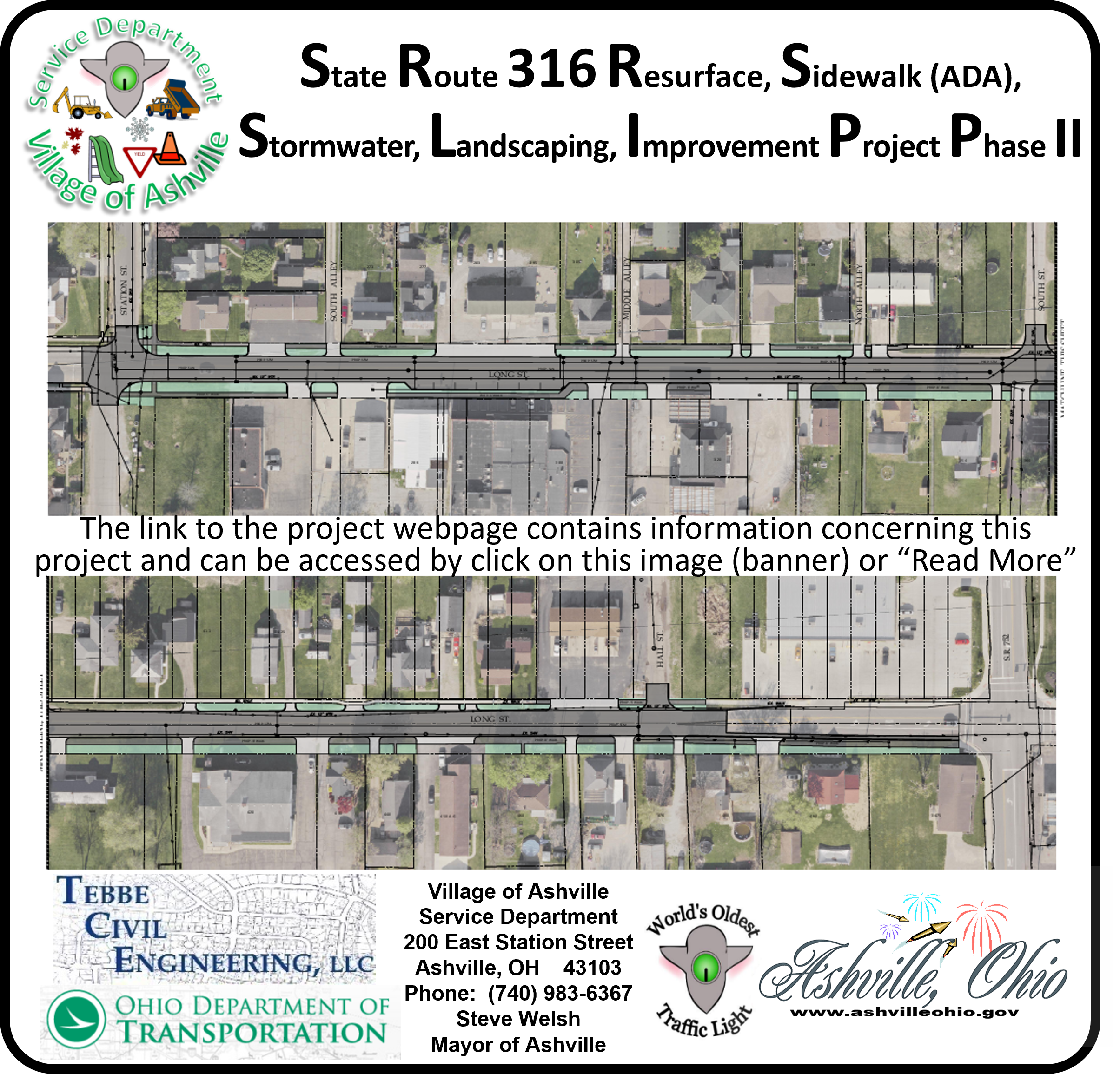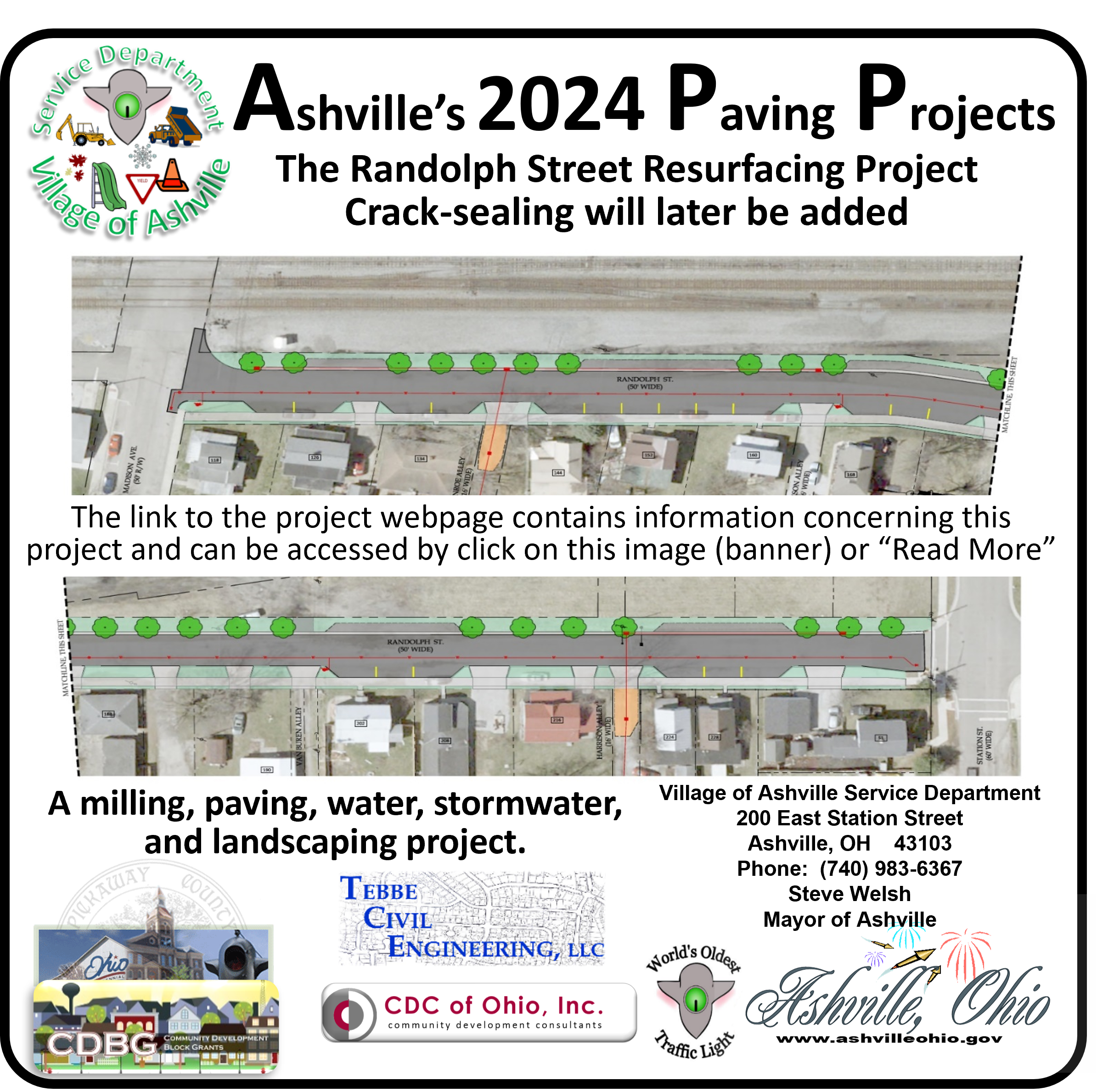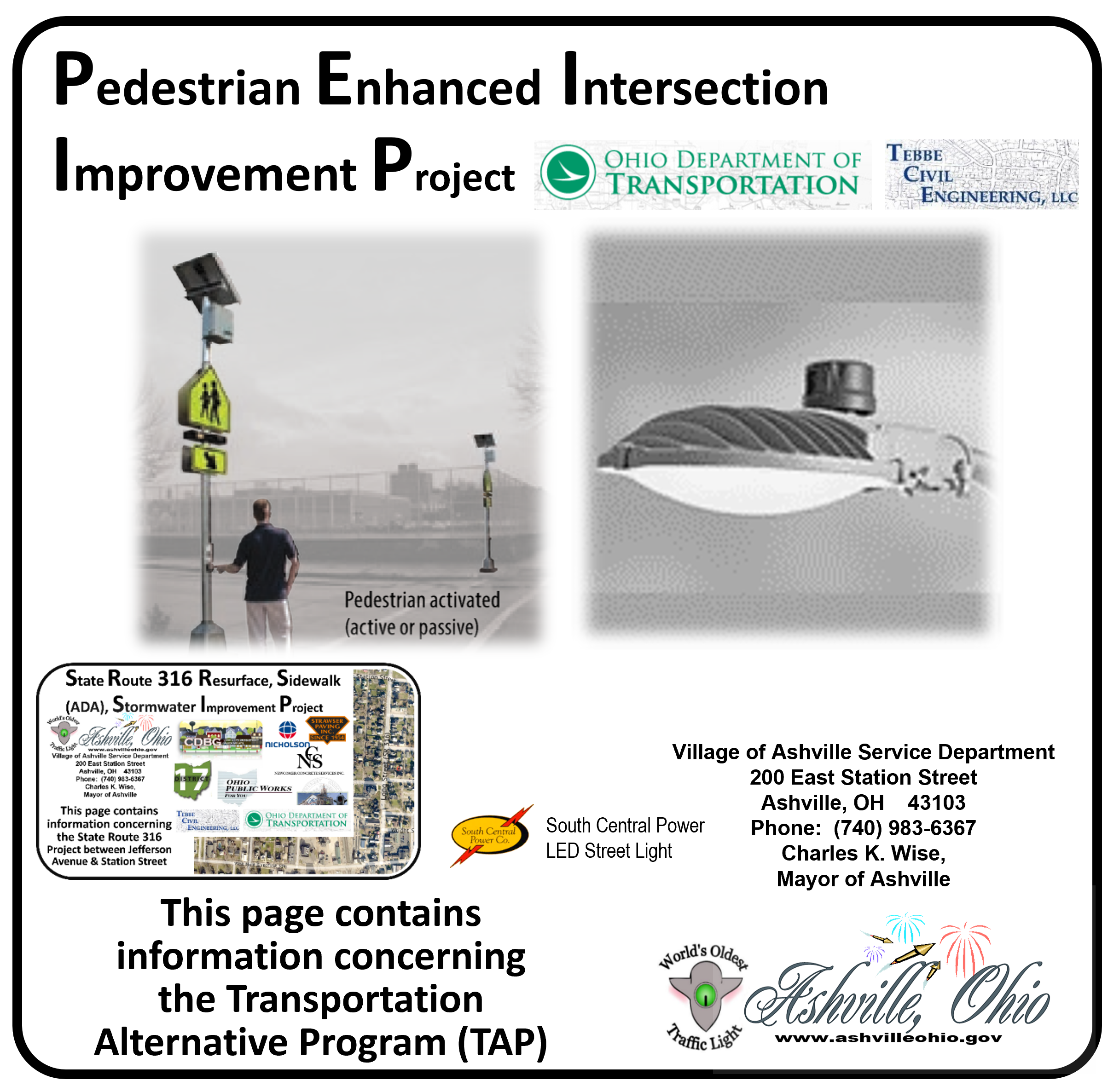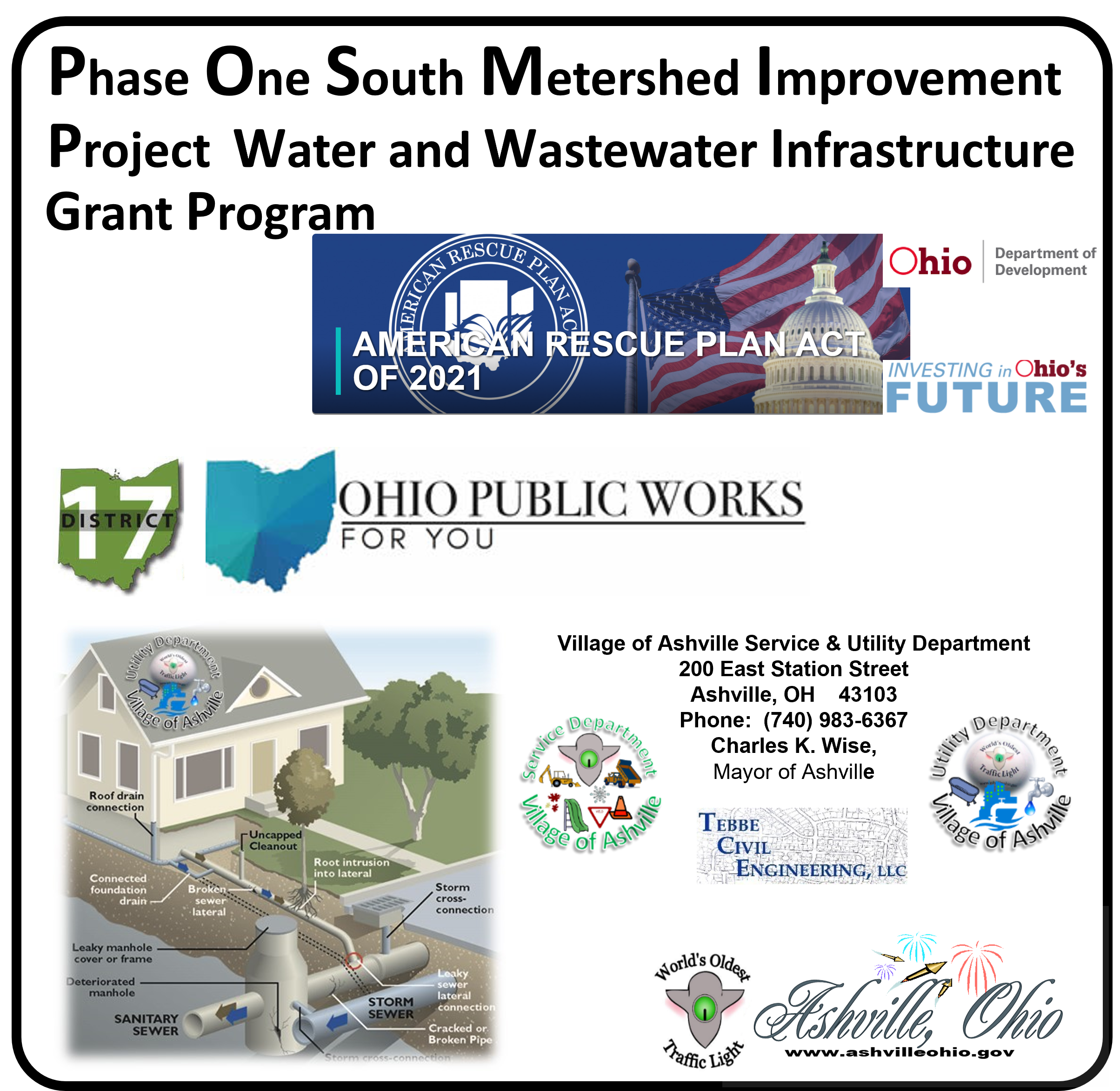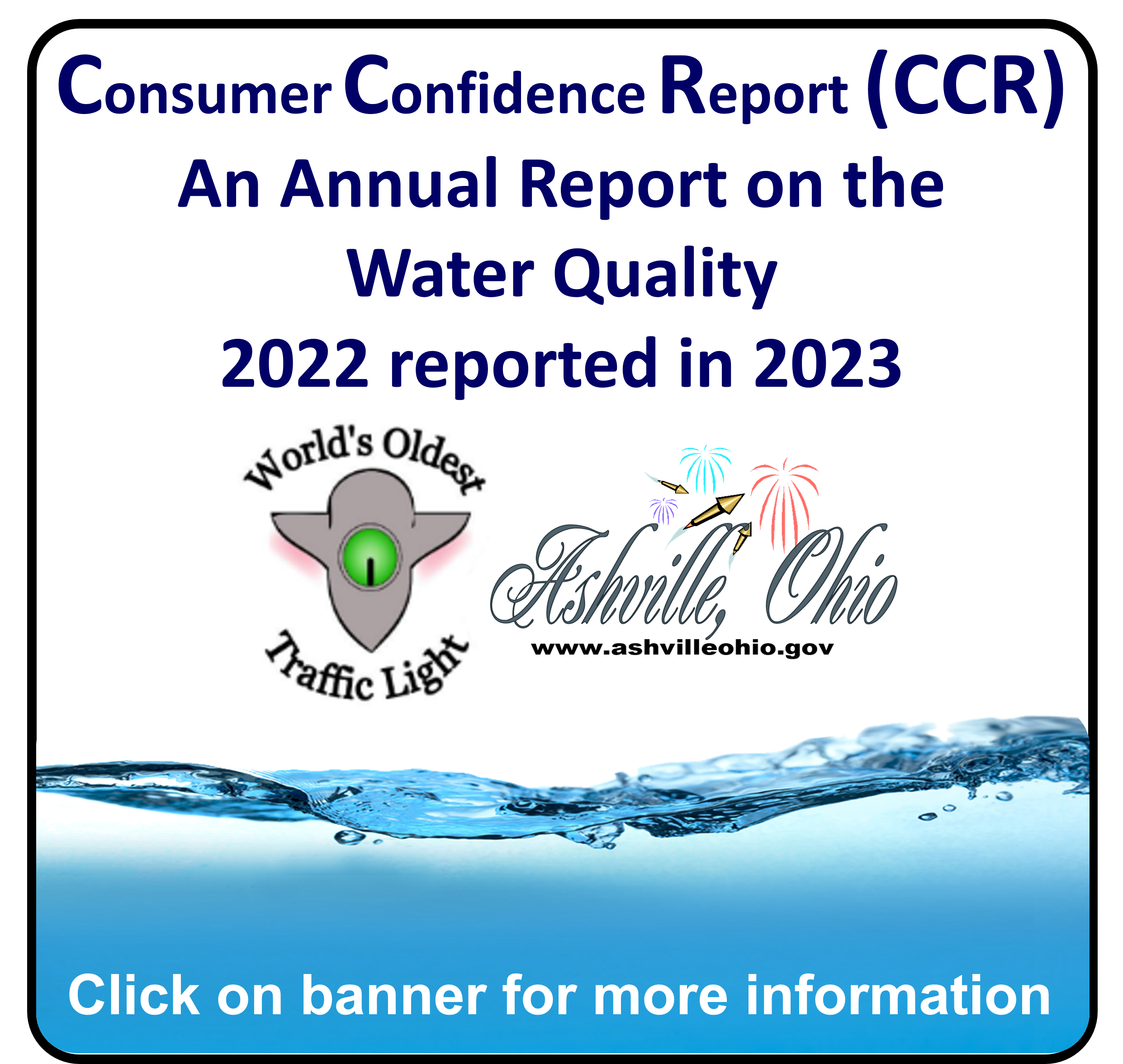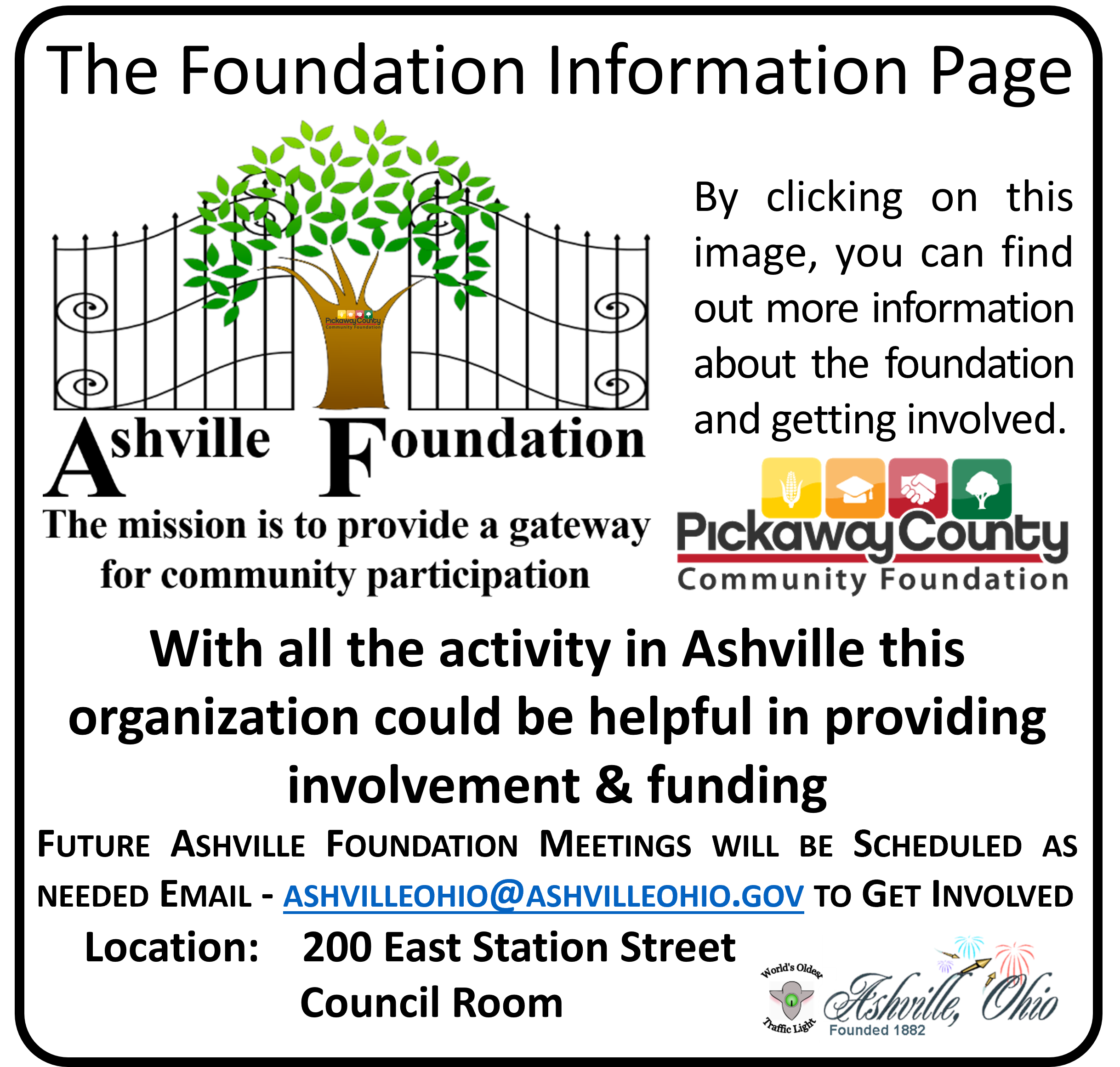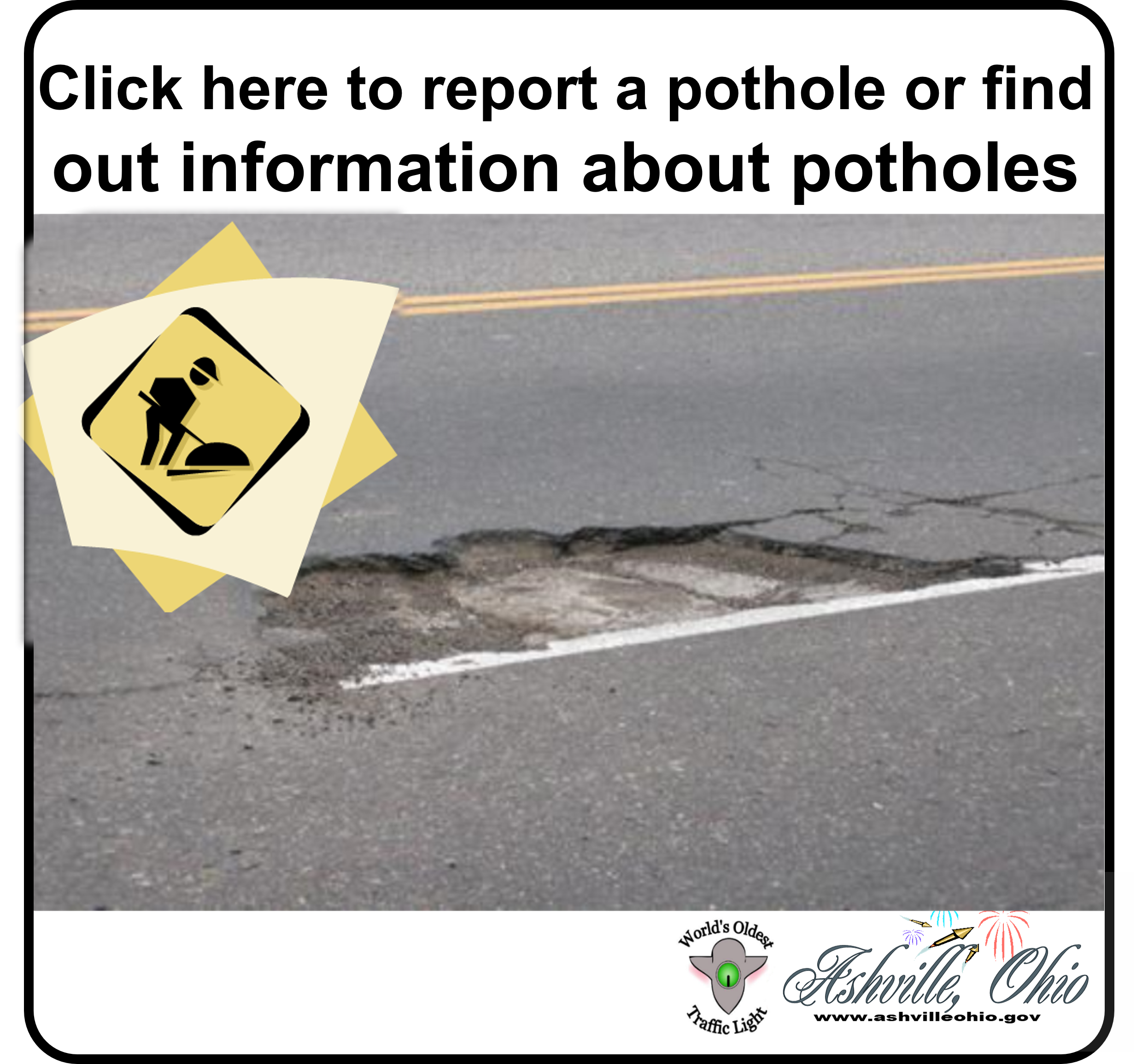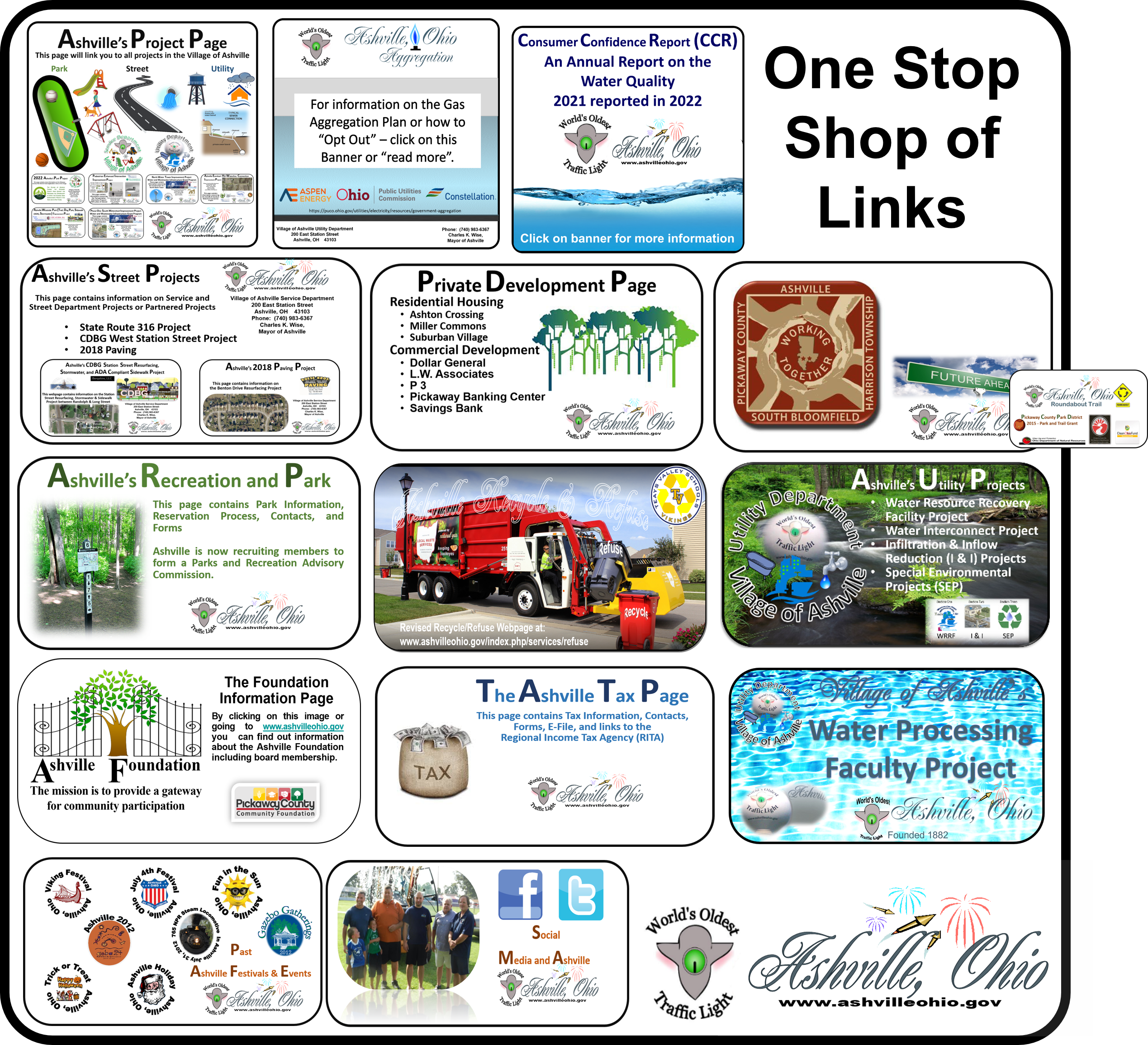2020 Water Quality Data
Our water is monitored for many different kinds of substances on a sampling schedule. The water we deliver must meet specific health standards. Here we show only those substances that were detected in our water. All are below maximum contaminant levels allowed. Not listed are many others we test for, but that were not detected. Unless otherwise noted, all parameters were tested in 2020. Remember that detecting a substance does not mean the water is unsafe to drink; our goal is to keep all detects below their respective maximum allowed levels. Some that were tested once because the concentrations of these substances do not change frequently. In these cases, the most recent sample data are included, along with the year in which the sample was taken.
Contaminants are divided into two lists. One list of contaminants are the reportable group that has levels that require being on the CCR Report. The second list involves those that were tested but did not reach the required reportable group. They are linked to provide you added information.
How to read the Water Quality Data Table: EPA establishes the safe drinking water regulations that limit the amount of contaminants allowed in drinking water. The table shows the concentrations of detected substances in comparison to regulatory limits. Substances that were tested for, but not detected, are not included in this table.
Listed below is information on those contaminants that were found in the Village of Ashville’s drinking water:
|
REGULATED SUBSTANCES |
||||||||
|
SUBSTANCE (UNIT OF MEASURE) |
YEAR SAMPLED |
MCL [MRDL] |
MCLG [MRDLG] |
AMOUNT DETECTED |
RANGE LOW-HIGH |
VIOLATION |
TYPICAL SOURCE |
HEALTH EFFECTS |
|
DISINFECTANTS |
||||||||
|
Chlorine (ppm) |
2020 |
MRDL=4 |
MRDLG=4 |
0.0365 |
0.23-5.7 |
No |
Water additive used to control microbes |
Some people who use water containing chlorine well in excess of the MRDL could experience irritating effects to their eyes and nose. Some people who drink water containing chlorine well in excess of the MRDL could experience stomach discomfort. |
|
INORGANIC CONTAMINANTS |
||||||||
|
Barium (ppm) |
2019 |
2 |
2 |
0.101 |
One Sample |
No |
Discharge of drilling wastes; Discharge from metal refineries; Erosion of natural deposits |
Some people who drink water containing barium in excess of the MCL over many years could experience an increase in their blood pressure. |
|
Cyanide (ppb) |
2019 |
200 | 200 |
14 |
One Sample |
No |
Discharge from steel/metal factories; Discharge from plastic and fertilizer factories |
Some people who drink water containing cyanide well in excess of the MCL over many years could experience nerve damage or problems with their thyroid. |
|
Tap water samples were collected for lead and copper analyses from sample sites throughout the community. |
||||||||
|
SUBSTANCE (UNIT OF MEASURE) |
YEAR SAMPLED |
AL |
MCLG |
AMOUNT DETECTED (90th %ILE |
SITES ABOVE AL/TOTAL SITES |
VIOLATION |
TYPICAL SOURCE |
HEALTH EFFECTS |
|
Copper (ppm) |
2019 |
1.3 |
1.3 |
0.121 |
0/48 |
No |
Corrosion of household plumbing systems, Erosion of natural deposits |
Copper is an essential nutrient, but some people who drink water containing copper in excess of the action level over a relatively short amount of time could experience gastrointestinal distress. Some people who drink water containing copper in excess of the action level over many years could suffer liver or kidney damage. People with Wilson’s Disease should consult their personal doctor. |
|
Lead (ppb) |
2019 |
15 |
0 |
0.0 |
0/48 |
No |
Corrosion of household plumbing systems, Erosion of natural deposits |
Infants and children who drink water containing lead in excess of the action level could experience delays in their physical or mental development. Children could show slight deficits in attention span and learning abilities. Adults who drink this water over many years could develop kidney problems or high blood pressure. |
|
Tap water samples were collected for lead and copper analyses from sample sites throughout the community. |
|||||||
|
SUBSTANCE (UNIT OF MEASURE) |
YEAR SAMPLED |
AL |
MCLG |
AMOUNT DETECTED (90th %ILE |
SITES ABOVE AL /TOTAL SITES |
VIOLATION |
TYPICAL SOURCE |
|
Copper (ppm) |
2019 |
1.3 |
1.3 |
.138 |
0/48 |
No |
Corrosion of household plumbing systems, Erosion of natural deposits |
|
Lead (ppb) |
2019 |
15 |
0 |
.007 |
0/48 |
No |
Corrosion of household plumbing systems, Erosion of natural deposits |
The limits detected are below the reportable limit requirement.
|
REGULATED SUBSTANCES |
||||||||
|
SUBSTANCE (UNIT OF MEASURE) |
YEAR SAMPLED |
MCL [MRDL] |
MCLG [MRDLG] |
AMOUNT DETECTED |
RANGE LOW-HIGH |
VIOLATION |
TYPICAL SOURCE |
HEALTH EFFECTS |
|
INORGANIC CONTAMINANTS |
||||||||
|
Antimony (ppb) |
2019 |
6 |
6 |
< 4.0 |
One Sample |
No |
Discharge from petroleum refineries; fire retardants; ceramics; electronics; solder |
Some people who drink water containing antimony well in excess of the MCL over many years could experience increases in blood cholesterol and decreases in blood sugar. |
|
Arsenic (ppb) |
2019 |
10 |
NA |
< 3.0 |
One Sample |
No |
Erosion of natural deposits; Runoff from orchards; Runoff from glass and electronics production wastes |
Some people who drink water containing arsenic in excess of the MCL over many years could experience skin damage or problems with their circulatory system, and may have an increased risk of getting cancer. |
|
Beryllium (ppb) |
2019 |
4 |
4 |
< 1.0 |
One Sample |
No |
Discharge from metal refineries and coal-burning factories; Discharge from electrical, aerospace, and defense industries |
Some people who drink water containing beryllium well in excess of the MCL over many years could develop intestinal lesions. |
|
Cadmium (ppb) |
2019 |
5 |
5 |
< 1.0 |
One Sample |
No |
Corrosion of galvanized pipes; Erosion of natural deposits; Discharge from metal refineries; Runoff from waste batteries and paints |
Some people who drink water containing cadmium in excess of the MCL over many years could experience kidney damage. |
|
Chromium (ppb) |
2019 |
100 |
100 |
<5.0 |
One Sample |
No |
Discharge from steel and pulp mills; Erosion of natural deposits |
Some people who use water containing chromium well in excess of the MCL over many years could experience allergic dermatitis. |
| Fluoride (ppm) | 2019 | 4 | 4 | 0.91 | One Sample | No | Erosion of natural deposits; Water additive which promotes strong teeth; Discharge from fertilizer and aluminum factories | Some people who drink water containing fluoride in excess of the MCL over many years could get bone disease, including pain and tenderness of the bones. Fluoride in drinking water at half the MCL or more may cause mottling of children’s teeth, usually in children less than nine years old. Mottling also known as dental fluorosis, may include brown staining and/or pitting of the teeth, and occurs only in developing teeth before they erupt from the gums. |
|
Mercury [inorganic] (ppb) |
2019 |
2 |
2 |
< 0.5 |
One Sample |
No |
Erosion of natural deposits; Discharge from refineries and factories; Runoff from landfills; Runoff from cropland |
Some people who drink water containing inorganic mercury well in excess of the MCL over many years could experience kidney damage. |
|
Nickel (ppb) |
2019 |
NA |
NE |
< 10.0 |
One Sample |
No |
Corrosion of bronze. |
|
|
Nitrate-Nitrate (ppm) |
2019 |
10 |
10 |
< 0.0005 |
One Sample |
No |
Runoff from fertilizer use; Leaching from septic tanks, sewage; Erosion of natural deposits |
Infants below the age of six months who drink water containing nitrate in excess of the MCL could become seriously ill and, if untreated, may die. Symptoms include shortness of breath and blue baby syndrome. |
|
Nitrate as Ni-NI (ppm) |
2019 |
1 |
1 |
< 0.0005 |
One Sample |
No |
Runoff from fertilizer use; Leaching from septic tanks, sewage; Erosion of natural deposits |
Infants below the age of six months who drink water containing nitrite in excess of the MCL could become seriously ill and, if untreated, may die. Symptoms include shortness of breath and blue baby syndrome. |
|
Selenium (ppb) |
2019 |
50 |
50 |
< 5.0 |
One Sample |
No |
Discharge from petroleum and metal refineries; Erosion of natural deposits; Discharge from mines |
Selenium is an essential nutrient. However, some people who drink water containing selenium in excess of the MCL over many years could experience hair or fingernail losses, numbness in fingers or toes, or problems with their circulation. |
|
Thallium (ppb) |
2019 |
2 |
0.5 |
< 1.5 |
2 |
No |
Leaching from ore-processing sites; Discharge from electronics, glass, and drug factories |
Some people who drink water containing thallium in excess of the MCL over many years could experience hair loss, changes in their blood, or problems with their kidneys, intestines, or liver. |
There is an expanded area of monitoring. This includes non-regulated cyanotaxins. Information about the 2020 Public Water Systems Harmful Algi Bloom Response Strategy document can be found at http://epa.ohio.gov/Portals/28/documents/habs/PWS_HAB_Response_Strategy.pdf. These were not detected in the Ashville Water System.
Listed below is information on those contaminants that were found in the Village of Ashville’s Water Department:
|
Mean Hardness 276.0 mg/L 276,500 ppb |
Average Hardness 284.75 mg/L 284,740 ppb |
Mean Iron Content 0.17 mg/L
170 ppb |
Average Iron Content 0.192 mg/L 192 ppb |
 ssssfklsdjfk
ssssfklsdjfk